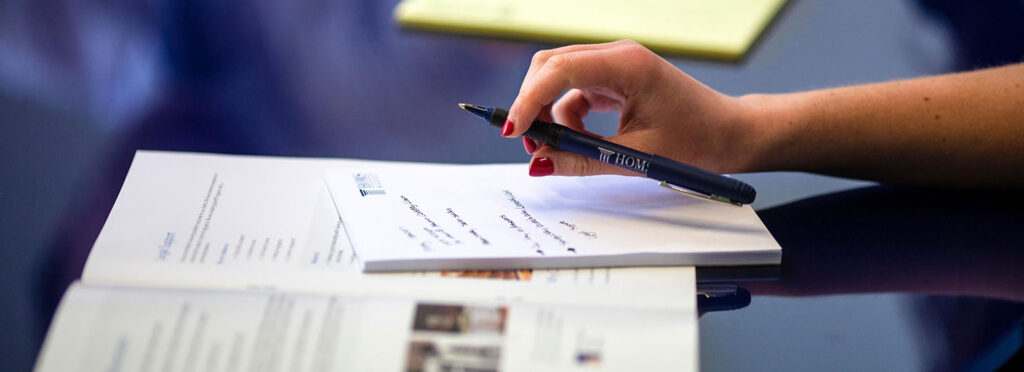Personal injury claims are legal actions taken by people who have been involved in an accident or injured because of somebody else’s negligence or actions.
A personal injury claim will usually involve:
- Plaintiff – the person who makes the claim Defendant – the person(s) you are claiming against.
- Solicitor – the legal professional helping you in making your claim.
- PIAB – Personal Injury Assessment Board (also known as the Injuries Board) most personal injury claims are reviewed by the Injuries Board before any other steps are taken.
Types of Personal Injury Claims
Almost all personal injury claims are made for one of the following categories:
Road Traffic Accident Claims
Road traffic accident claims are made after accidents involving the following:
- Cars
- Rear-end collisions
- Side-impact collisions
- Badly maintained roads
- Bicycles
- Buses
- Hit-and-run
- Luas
- Motorcycle
- Motorway
- Passengers
- Pedestrians
- Taxis
- School buses
Accident at Work Claims
Also known as employer liability claims, these involve accidents or injuries suffered in the workplace because of the negligence of the employer or fellow employees. They may involve:
- Building sites
- Dangerous machinery
- Farms
- Forklifts
- Health and safety breaches
- Poor lighting
- Ladders
- Repetitive strain injuries
- Pallets
- Defective or absent Personal Protective Equipment (PPE)
- Back injuries
- Manual handling injuries
- Warehouse accidents
Accidents in Public Place Claims
Also known as public liability claims, claims following an accident in a public place can be caused by the negligence or actions of the person(s) responsible for maintaining a safe environment for public use. Common accident claims include claims for accidents in:
- Supermarkets
- Car parks
- Council or local authority footpaths, public parks or poorly maintained public spaces
- Hotels
- Restaurants
- Petrol station forecourts
Medical Negligence
Medical or clinical negligence occurs when a person is injured, or their current medical condition deteriorates, because of poor care delivered by a medical professional and when the injuries could have been prevented if the care had been adequate.
They include claims involving:
- Cosmetic surgery
- Misdiagnosis
- General surgery
- Retained surgical instruments
- Wrong site surgical error
- Medical and prescription errors
Medical Care and Rehabilitation
If you are taking a claim for personal injury and either the other side has admitted fault or your solicitor is confident that your claim will succeed, your solicitor is likely to ask you to attend a medical expert for examination.
Contributory Negligence
In a personal injury claim, the claimant maintains that the accident and subsequent injuries were suffered because of the defendant’s negligence. However, if it is found that the accident was caused by the person making the claim, this is called contributory negligence.
This means that if you were in any way responsible for the cause of the accident or your actions made your injuries more severe, your claim may fail or your compensation may be reduced significantly.
How claims are calculated
The first step in most personal injury claims is for the Personal Injury Assessment Board to assess the claim and come up with a value of the claim, based on the Book of Quantum.
To start your claim, a personal injury solicitor can help you collect all the information you need to make the claim. They will also help you to prepare and submit your application. They will need:
- Details of how the accident occurred
- Details and photos (if possible) of the injuries suffered
- Details of any pre-existing conditions or previous injuries
- Details of expenses incurred because of the accident (e.g. medical bills)
- Details of the person(s) at fault for the accident
Identifying the correct person at fault when making a claim is extremely important. If the Injuries Board does not agree with you, you may be ordered to pay their legal fees.
Other important information for your personal injury claim:
- Medical Reports
- Form A (your application to the Injuries Board)
Assessment of Your Claim
If the Injuries Board concludes in your favour after assessing your claim,, they will suggest a settlement amount to be paid to you by the party at fault. You have 28 days to accept or reject the offer, and your solicitor will advise you.
The potential outcomes are:
- The Injuries Board issues an Order to Pay to the party at fault.
- The Injuries Board issues an authorisation to move to court proceedings that allows you to move the claim forward and issue legal proceedings to resolve the issue.
- If your claim does move to legal proceedings, most cases will settle before reaching a judge.
Injuries Board
The Personal Injuries Assessment Board (PIAB) is the independent state body in Ireland that assesses personal injury compensation. If you have suffered an injury and believe you are entitled to compensation, you can submit a claim to PIAB. Your solicitor can help you prepare your claim for submission.
Book of Quantum
The Book of Quantum offers general guidelines to the level of compensation that someone may be awarded in a personal injury lawsuit in Ireland. It was compiled by the Personal Injuries Assessment Board following a review of Court Judgements relating to a list of injuries listed.
Legal Time Limits
You are allowed a certain amount of time to make a personal injury claim following an accident. These time limits are defined in the statute of limitations.
Usually, a person has two years less one day from the date of knowledge of their injury to bring a claim forward.
Personal Injury Legal Time Limits – Statute of Limitations
The date of knowledge is the date on which the injured person discovered the following:
- That they had been injured
- That the injury was significant
- That the injury resulted from negligence, nuisance or breach of duty by the party responsible for the accident
- They know the identity of the party at fault
The date of knowledge is often the day of the accident if the injuries are immediately noticeable. However, in some cases, an injury or illness may not become apparent for some time after the accident. In these cases, the date of knowledge is the date the injury was discovered. The claim is considered made once it is submitted to the Injuries Board.
Medical Negligence Legal Time Limits – Statute of Limitations
Medical negligence claims are not assessed by the Injuries Board, so the only way to stop the clock on the time limit is to issue legal proceedings. This makes it imperative to engage a solicitor as soon as possible after the date of knowledge in medical negligence cases.
Child Personal Injury Claims
Personal injury claims involving a minor (a person younger than 18) are approached differently to cases involving adults. A minor cannot make a claim until they turn 18. When they reach 18 years, they have 2 years less one day following their 18th birthday to make a claim.
However, a parent or guardian may pursue a claim on their behalf before they turn 18 if they wish, under the “next friend rule.” Any settlement awarded to the child is held by courts until the minor reaches 18 years of age.



